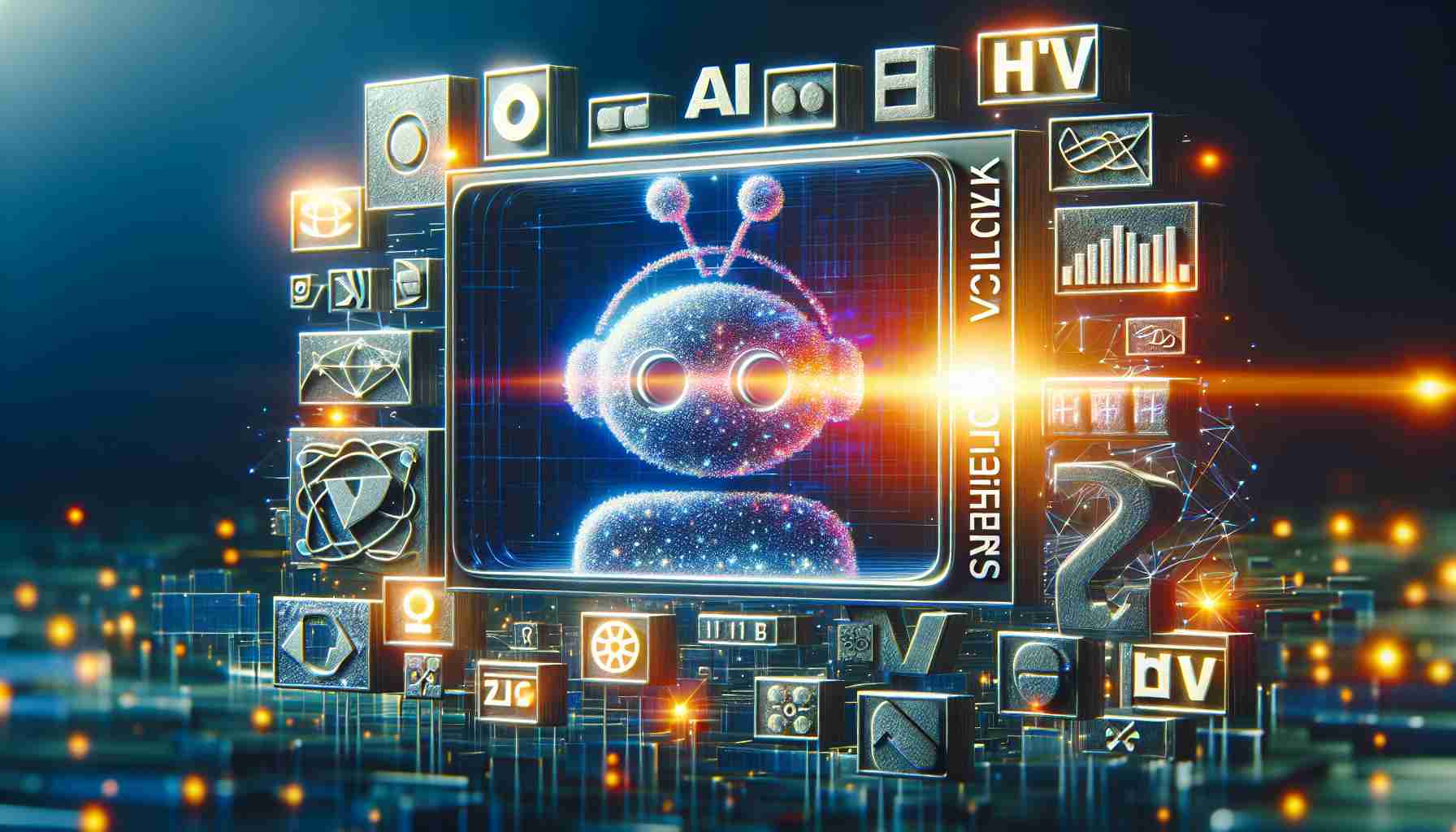- AI is transforming traditional TV ratings (‘kijkcijfers’) by providing real-time, comprehensive data across multiple platforms.
- Advanced AI analytics offer deeper insights into audience demographics and viewing habits, moving beyond sample-based measurements.
- AI enhances content creation by offering precise audience insights, allowing for content more closely aligned with viewer preferences.
- The potential for personalized viewing experiences is increasing as AI recommends content based on individual interests.
- While privacy concerns persist, AI promises a more dynamic and engaging media landscape.
As the entertainment industry evolves, so do the methods of measuring viewership. The traditional metric known as ‘kijkcijfers,’ or TV ratings, is undergoing a technological transformation with the advent of artificial intelligence (AI). In recent years, streaming services have already disrupted the conventional television landscape, offering real-time data on audience interaction. Now, AI technology is set to further revolutionize how we understand audience preferences and engagement.
AI-driven analytics provide a more nuanced perspective on kijkcijfers. These advanced systems can analyze vast datasets, not only from traditional broadcasts but also from digital platforms, social media interactions, and user-generated content. This allows for a deeper understanding of audience demographics, their viewing habits, and even predicting future trends. Rather than relying on sample-based measurements, AI offers comprehensive, real-time insights into what captivates viewers.
The integration of AI in kijkcijfers could also redefine content creation. With immediate feedback and precise audience segment analysis, broadcasters and streaming platforms could tailor content more closely to viewer preferences, resulting in enhanced engagement and retention. This could also pave the way for a more personalized viewing experience, where audiences are recommended content based on AI’s understanding of individual interests.
As AI continues to advance, it’s clear that the future of kijkcijfers will be more dynamic and informative. This shift not only benefits broadcasters but also offers viewers a richer, more resonant media landscape. While privacy concerns remain a topic of discussion, the possibilities for improved content and viewing experiences are undoubtedly exciting.
The Futuristic Shift: How AI is Transforming TV Ratings Forever!
Understanding AI’s Transformative Role in ‘Kijkcijfers’
The integration of artificial intelligence in television ratings—commonly known as ‘kijkcijfers’—is not merely a technological upgrade but a paradigm shift in how viewership is measured, understood, and utilized. As AI-driven analytics offer a multi-dimensional view of audience engagement, here are the critical aspects you need to know:
1. What innovations does AI introduce to TV ratings?
AI introduces several innovations to TV ratings that transcend traditional methodologies:
– Real-Time Analytics: AI provides instantaneous feedback, capturing audience data as they interact with content. It enables broadcasters to respond quickly to viewer preferences.
– Comprehensive Data Analysis: Beyond just counting viewers, AI can dissect viewer behaviors, preferences, and trends across multiple platforms, including social media and streaming services.
– Predictive Modeling: AI’s ability to forecast future trends allows networks to anticipate viewer interests and tailor content accordingly.
2. How do AI-enhanced kijkcijfers benefit content creators and audiences?
AI-driven kijkcijfers hold substantial benefits for both content creators and viewers:
– Custom Content Creation: By understanding specific viewer segments, creators can develop content that appeals directly to their target audience, increasing viewer satisfaction and retention rates.
– Enhanced User Experience: AI can curate personalized content recommendations, leading to a more engaging and satisfying viewing experience for consumers.
– Improved Ad Targeting: Advertisers gain the ability to deliver more relevant ads, thereby improving conversion rates and viewer experience.
3. What are the potential limitations and concerns associated with AI in kijkcijfers?
While AI offers significant advancements, it also presents potential challenges:
– Privacy Concerns: The extensive data collection required for AI analysis raises issues regarding user privacy and data security.
– Content Homogenization: Over-reliance on AI analytics might lead to excessively tailored content that lacks diversity or artistic innovation.
– Implementation Cost: Developing and maintaining AI systems entails substantial financial investment, which could be a barrier for smaller broadcasters.
Related Links
For more insights into how AI is reshaping industries, consider visiting Forbes and BBC.
As AI continues to evolve, the possibilities within the realm of kijkcijfers are expanding, promising richer, more personalized media experiences. While challenges exist, the future of AI-driven TV ratings appears to hold exciting prospects for a more connected and engaged audience.











